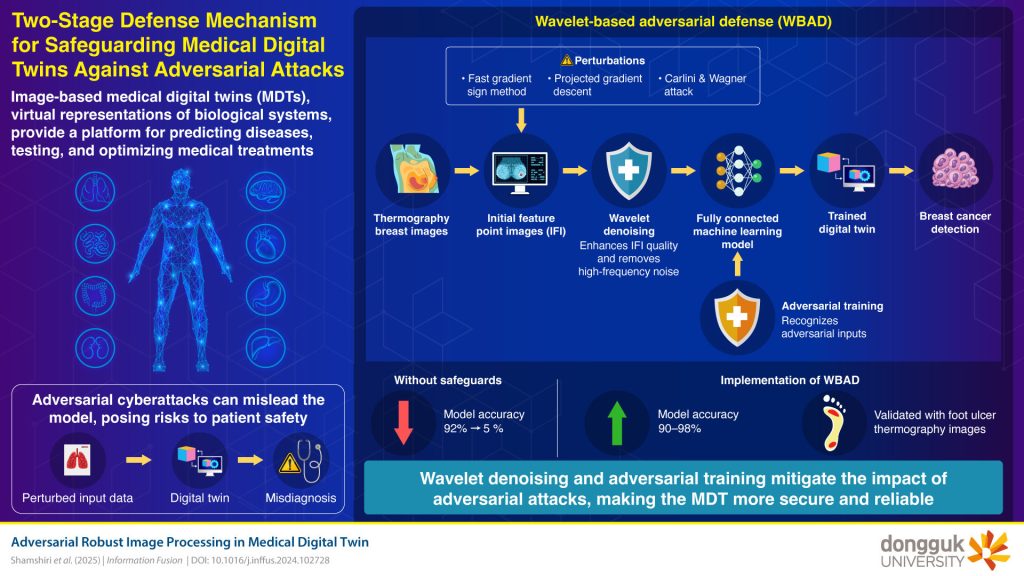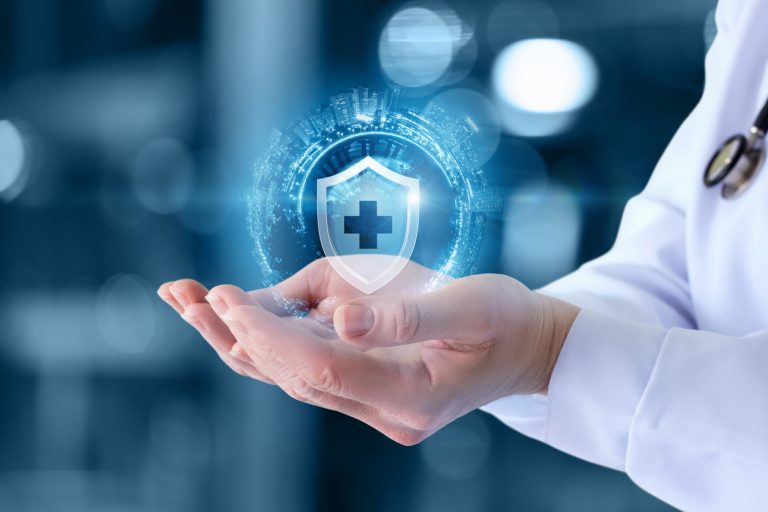Here at Connected World, we have been covering a number of medical breakthroughs and research happening in university and healthcare systems. At first glance, it is all very exciting, opening new opportunities for improved patient care at levels. But like all advancements, there are still mounting concerns about data security that have yet to be fully addressed.
The biggest question of the day is: Are medical devices secure? Certainly, with all the bad actors in the world there is no way to confidently say our medical devices and our systems have the ability to fend off nefarious attacks. All data is at risk for a massive breach. In fact, 98% of hospitals and health systems analyzed have experienced data breaches. And 65% of those happened most recently. The data tells a very compelling story. The Business Digital Index examines the cybersecurity health of organizations worldwide, and grades worldwide organizations based on their online security measures.
As a result, in this analysis, it found 45% of health systems are in the high risk (D score–much like what the ASCE infrastructure score has been for years) category and 34% are in the critical risk (F score) category. These organizations are often dealing with serious security challenges such as system secure sockets layer configuration, data breaches, and system hosting issues. Only 5% received an A score, or low risk.
Here’s the sad reality of the situation. In 2024, healthcare data breaches reached an all-time high, with 276,775,457 records compromised—a 64.1% increase from the previous year’s record and equivalent to 81.38% of the United States population. That means your personal data is being sent to the dark web for anyone’s guess. And if the bad guys are not using your data now, then when?
What Can Be Done?
We all know securing medical information is a mighty challenge the healthcare industry is struggling with today—as are many other vertical markets. Cybercrime is growing at a rapid clip, and organizations must step up and prepare for what comes next.
This is why it is always exciting to read new research that can thwart potential challenges and beat the odds specifically in this area. Consider what is happening at Dongguk University and Oregon State University. Researchers here recognize the value medical digital twins can bring, such as helping predict diseases through virtual models of the human body. These academics also recognize these digital twins are vulnerable to cyberattacks that can manipulate data and lead to incorrect diagnoses, thwarting all the good efforts brought by the technology.
As such, a research team from Dongguk University, Republic of Korea, and Oregon State University, Corvallis, Ore., created a new system: the Wavelet-Based Adversarial Training (WBAD) defense system. The approach was made available online in October 2024.

This system was tested on a breast cancer diagnostic model, and it restored accuracy to 98% against attacks. This means the experts were able to do safer and more reliable medical digital twins for healthcare applications.
To counter the threats when it tested the breast cancer diagnostic model, the researchers introduced a two-layer defense mechanism. The first layer, wavelet denoising, is applied during the image preprocessing stage. Adversarial attacks typically introduce high-frequency noise into input data to mislead the model. Wavelet denoising applies soft thresholding to remove this noise while preserving the low-frequency features of the image.
To further improve the model’s resilience, the researchers added an adversarial training step, which trains the machine learning model to recognize and resist adversarial inputs. This two-step defense strategy proved highly effective, with the model achieving 98% accuracy against FGSM attacks, 93% against PGD attacks, and 90% against C&W attacks.
How many times have I stressed this very important fact? The bad guys are getting smart, but we must get smarter too. We must identify ways to protect our devices, especially in critical industries such as healthcare. I am encouraged to see university research being done to improve our device security and accuracy. What are you seeing out there?
Want to tweet about this article? Use hashtags #IoT #sustainability #AI #5G #cloud #edge #futureofwork #digitaltransformation #healthcare #medical #security #cybersecurity


